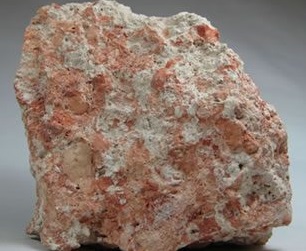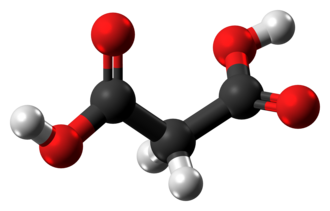Synthesis and Uses of Cinnamaldehyde
Nov 28,2019
Cinnamaldehyde is a pale yellow gelatinous liquid and an organic compound, which is responsible for the taste and smell of the cinnamon spice. It is also identified by various names such as 3- beta-phenylacrolein, (E)-Cinnamaldehyde and cinnamic aldehyde. The essential oil in the bark of the cinnamon trees contains almost 98% of Cinnamaldehyde.
Cinnamaldehyde is responsible for rendering the taste, rich flavor and aroma in the most renowned Cinnamon spice.
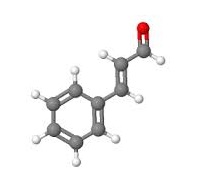
Synthesis
Several methods of laboratory synthesis exist, but cinnamaldehyde is most economically obtained from the steam distillation of the oil of cinnamon bark. The compound can be prepared from related compounds such as cinnamyl alcohol, (the alcohol form of cinnamaldehyde), but the first synthesis from unrelated compounds was the aldol condensation of benzaldehyde and acetaldehyde.
Uses
therapeutic uses
Many of the health benefits of Cinnamon and its effect on metabolism is due to the presence of Cinnamaldehyde in it. It helps to fight against tooth decay and bad breath and so the herb of Cinnamon is used for enhancing oral health. The antifungal and antibacterial property of Cinnamaldehyde helps to reduce infections.
Cinnamaldehyde restricts the harmful blood platelet clotting, which would otherwise result in insufficient blood flow. This is accomplished by preventing the production of arachidonic acid that is responsible for anti-inflammatory responses from the cell membranes.
As an anti-bacterial and anti-fungal agent
Cinnamaldehyde exhibit anti-microbial activity. The antimicrobial nature of Cinnamaldehyde was proved by the study conducted at the University of Illinois, Chicago. It had been found that Cinnamaldehyde prevents above 50% of the bacterial growth in the oral cavity. It is especially effective for preventing the growth of bacteria and other pathogens in the tongue.
According to a study titled “Antimicrobial Activities of Cinnamon Oil and Cinnamaldehyde from the Chinese Medicinal Herb Cinnamomum cassia Blume” published in The American Journal of Chinese medicine, Cinnamaldehyde effectively inhibits the growth of various segregates of bacteria including gram positive and gram negative bacteria, fungi including yeasts, filamentos molds and dermatophytes. Thus Cinnamaldehyde possess anti-bacterial and antifungal properties.
Anti-diabetic property
Since the primordial times, Cinnamon has been used to treat diabetes in China and in India. The anti-diabetic nature of Cinnamon is due to the presence of cinnamaldehyde. According to a study conducted on the streptozotocin(STZ) induced male diabetic wistar rats, it had been found that by administering Cinnamaldehyde at different doses, it had considerably reduced the plasma glucose level and simultaneously increased the plasma insulin level.
Further, oral administration of Cinnamaldehyde markedly reduced glycosylated haemoglobin, serum total cholesterol and triglycerides and increased the hepatic glycogen and HDL (High Density Lipoprotein) cholesterol. Thus, Cinnamaldehyde exhibits hypoglycemic and hypolipidaemic effects in STZ induced diabetic rats.
As a flavoring agent
Cinnamaldehyde is mainly added to foods and medicines to enhance its quality in terms of aroma and taste. It is used as a flavoring agent in liquid refreshments, ice-creams, chewing gums and candy. It is also used in perfumes to recreate the magic of fruity and interesting fragrance ranges.
Insecticide and Mosquito repellent
Cinnamaldehyde is an effective animal repellent, which is used to repel animals like cats and dogs. It is also used as an efficient insecticide for mosquitoes. It had been found that about half of Aedes aegypti mosquito larvae are killed by an amount of 29 ppm of cinnamaldehyde in 24 hours.
Cinnamaldehyde is also used as a fungicide. It is also used to prevent corrosion in steel and other ferrous alloys in corrosive fluids like hydrochloric acid.
- Related articles
- Related Qustion
- Pharmacological activities and medical applications of Cinnamaldehyde Dec 16, 2024
Cinnamaldehyde is a natural compound extracted from the plant cinnamon. It has tremendous therapeutic uses because of its antimicrobial, antidiabetic, anti-inflammatory and anticancer properties.
- The hypoglycemic, hypolipidemic, and Antitumorigenic effects of Cinnamaldehyde Nov 27, 2023
Cinnamaldehyde has been used as a natural flavoring and fragrance agent in kitchens and industry.
- Cinnamaldehyde: Biosynthesis, applications, derivatives and metabolism May 18, 2023
Cinnamaldehyde is a pale yellow gelatinous liquid and an organic compound, which is responsible for the taste and smell of the cinnamon spice.
Many people are surprised to learn that bauxite is not a mineral. It is a rock composed mainly of aluminum-bearing minerals. It forms when laterite soils are severely leached of silica and other soluble materials in a wet tropical or subtro....
Nov 28,2019Inorganic chemistryMalonic acid (IUPAC systematic name: propanedioic acid) is a dicarboxylic acid with structure CH2(COOH)2. The ionized form of malonic acid, as well as its esters and salts, are known as malonates.....
Nov 28,2019Organic ChemistryCinnamaldehyde
104-55-2You may like
- Cinnamaldehyde
-
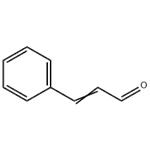
- 2025-12-15
- CAS:104-55-2
- Min. Order:
- Purity: 0.99
- Supply Ability:
- Cinnamaldehyde
-
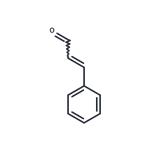
- $64.00 / 500mg
- 2025-12-15
- CAS:104-55-2
- Min. Order:
- Purity: 97.07%
- Supply Ability: 10g
- Cinnamaldehyde
-
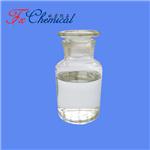
- $0.00 / 180kg
- 2025-12-15
- CAS:104-55-2
- Min. Order: 1000kg
- Purity: 98.0%
- Supply Ability: 100ton/month




